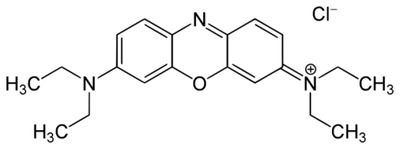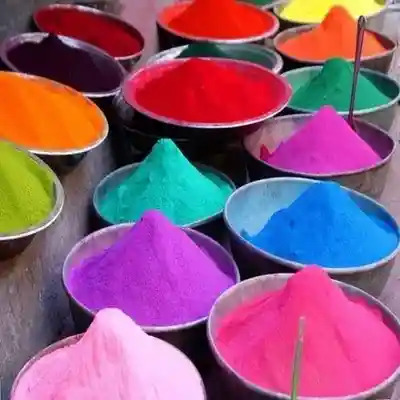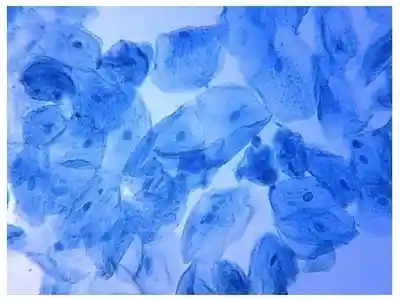Basic Dyes
Basic dyes are called cationic dyes because the cationic part of basic dyes is responsible for color production. On the other hand, basic dyes are basically salts of organic bases. The basic dye molecule has a positive charge, which is different from most dyes having a negative charge or no net electronic charge at all.
Basic dyes are historically important because they include all of the first synthetic textile dyes, starting with mauve, which is the first synthetic dye.
Applications
- Industrial use: Basic dyes are very important in the textile industry. Basic dyes can be used to dye many different fibers, including natural fibers such as wool, silk and cotton. They can also be used to dye acrylic fibers and their lightfastness on acrylic fibers is very good. Acrylic yarns and fabrics cannot be dyed with most of the dyes that work on natural fibers; they can only be dyed with basic dyes or disperse dyes. Basic dyes need to be used to produce bright or dark shades on acrylic fibers because disperse dyes produce only light to medium colors on acrylic. Besides these, the chemical properties of basic dyes make them ideal for the dyeing of plastics like acrylics, and for the dyeing of paints, coatings, paper products, hair and other industrial products.

- Medical use: Basic dyes are also medically important because they are able to bind to and stain different parts of human cells so they can be distinguished by microscopy. Important basic dyes used as biological dyes include crystal violet, basic fuchsin, methylene blue, and thionine. For example, basic dyes have been widely used in histochemical studies of mucopolysaccharides in connective tissues. In addition to using basic dye to demonstrate the presence of mucopolysaccharides in the tissue, the amount of dye is considered as a measure of the quantity of mucopolysaccharide present. The combination of the dye at different hydrogen ion concentrations has also been interpreted as an indication of the dissociation characteristics of the acid groups of the dyeable material.

